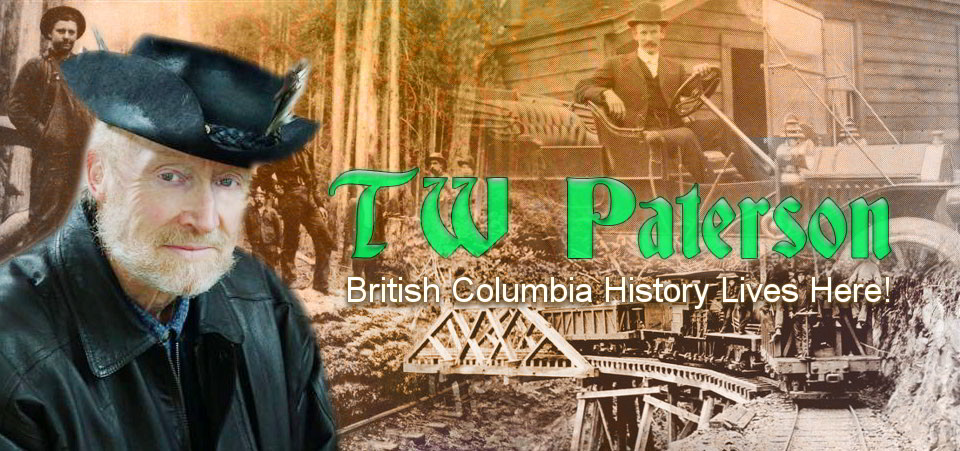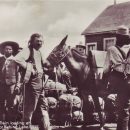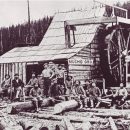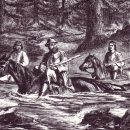Colourful Cataline was One of a Kind
With his Spanish sombrero, drooping Napoleon III mustachios and goatee, silk bandana, heavy wool shirt held in place by a bright-coloured sash, frock coat (on formal occasions), suspendered trousers, riding boots and spurs, Jean Jacques Caux—Cataline—was right out of a Frederick Russell painting. But Cataline as he was known to one and all was real. Not only that, he was bigger than life. Barrel-chested, with arms that seemed too long for his short body, he carried himself with the assurance of a man born to lead; a man with full confidence in his strength and ability to back up his word. For those tempted to question his authority, two further essentials completed Cataline’s costume: a broad-bladed throwing knife in his boot and an iron mule shoe in his pocket! Born in 1830 in Oleron, Sainte Marie, in what’s now...
Read MoreDeathbed Promise Made History
The story of Cariboo’ John Cameron, more than a century and a half later, remains every bit as fascinating and is so much bigger-than-life that it bears repeating. Almost unusual in the B.C. goldfields in that he was a Canadian, this descendant of Scottish United Empire Loyalists who’d moved north during the American war for independence, John Cameron was 25-years-old when he left the family farm near Glengarry, Ontario (Canada West as it was then) in 1852. With his brother Alan, he joined in the California gold rush and, six years later, Cameron and two brothers came north to seek their fortunes on the Fraser River. John did well enough, as much as $20,000, that he returned home and married Sophia Groves, his childhood sweetheart. With Sophia and year-old daughter Alice, he again headed west, this time drawn by...
Read MoreForest Ranger Oliver G. Clark Died in the Line of Duty
Although he served in the trenches in the First World War, it’s not for his military heroism that Oliver G. Clark is recognized. Rather, his “deed of heroism unsurpassed in British annals,” as it was glowingly described at the time, occurred almost a decade after Armistice, and half a world away from the battlefields of Europe. In possession of niece Lorna Clark when I originally wrote this piece for the Cowichan Valley Citizen in 1999, was the framed citation presented to the forest ranger’s family, almost a century ago. Awarded posthumously, it was the British Columbia government’s highest honour. (See footnote below.) Late spring of 1925 had been unusually hot and tinder-dry, and B.C. forests faced a growing threat of fire. Outbreaks in the Qualicum, Ladysmith and Capilano areas soon spread out of control, that at Qualicum charring 1600...
Read MoreThe Outrageous Francis O’Bierne Alienated All Who Knew Him
To those unfortunate enough to have known the outrageous Francis O’Bierne personally, he was just “Mr. O’B.”—or worse. For many years (perhaps mercifully) his real identity was a mystery. Not until CBC actor and writer Tommy Tweed did some historical sleuthing in the 1970s was the cantankerous Francis O’Bierne’s identity revealed. Tweed’s interest in this son of a bishop and student (if not graduate) of Cambridge, was because of Francis O’Bierne’s dubious role in provincial history–as one of the most annoying, obnoxious and exasperating individuals ever to set foot on the B.C. stage. In light of later events, it’s easy to see why so little was known of O’Bierne’s background. Family and friends must have made every effort to forget him. It is record that one of the first controversies in which he became involved was his conversion to...
Read More



